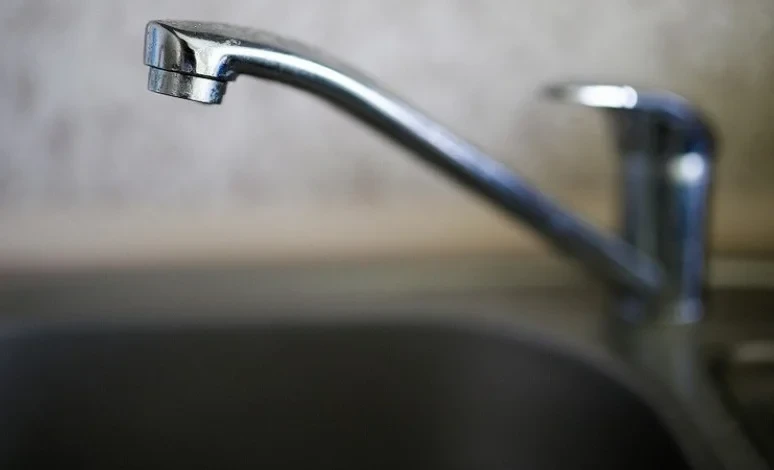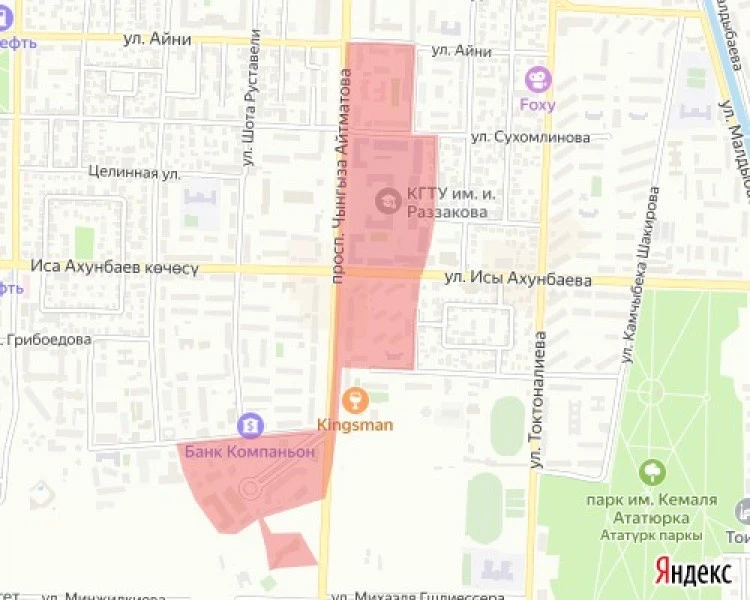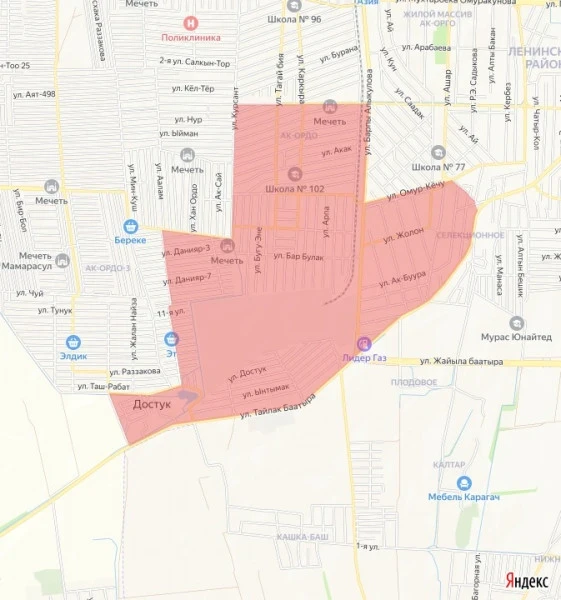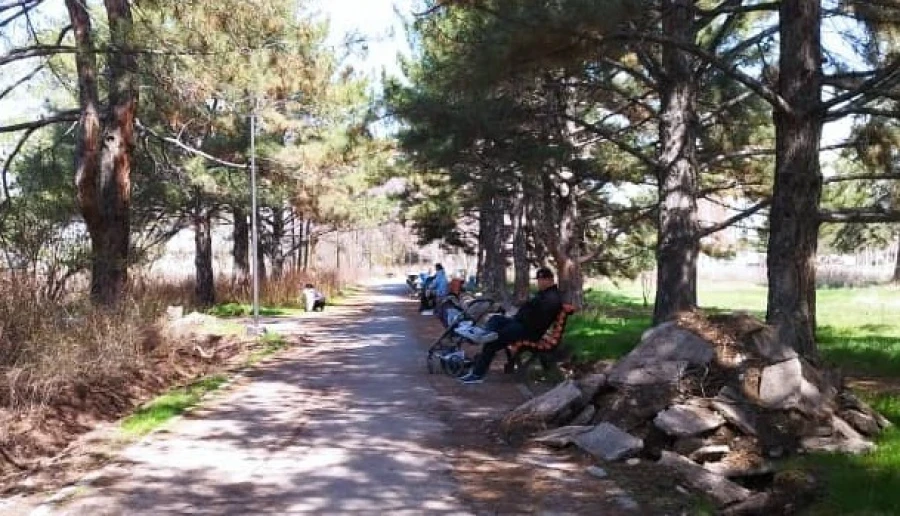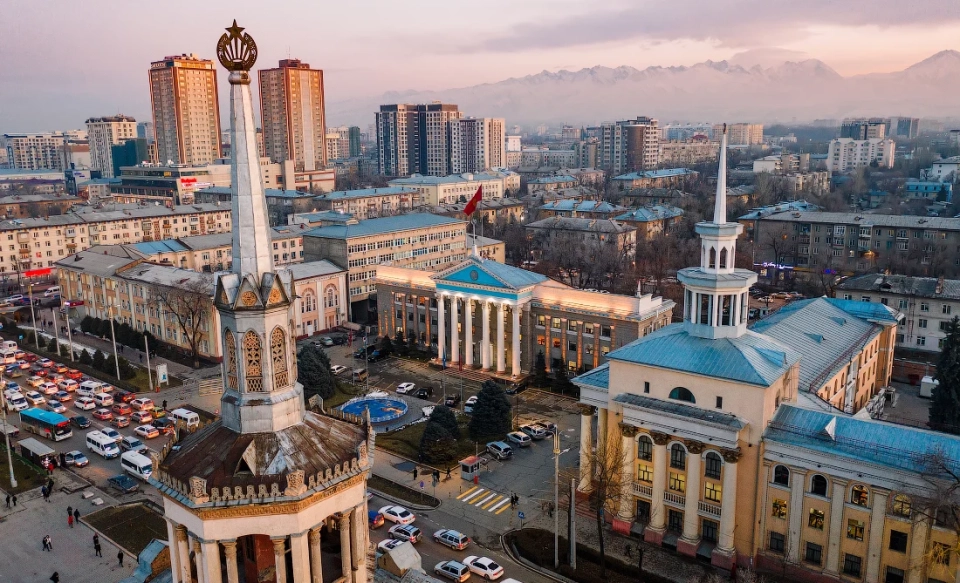Currently, the capital and its surrounding areas receive drinking water from 77 different water intakes. The main source is the Orto-Alysh water intake, which provides over 40% of water consumption. The city operates 209 artesian wells with depths ranging from 160 to 250 meters. There are 328 pumping stations of the second lift functioning to supply high-rise buildings, as well as 12 water intakes with pumping stations.
According to the city hall's forecasts, by 2050 the estimated volume of water consumption in Bishkek will reach about 500,000 m³ per day.
In this regard, the master plan includes the following measures:
- conducting surveys to confirm the reserves of MPV due to the observed deficit in the summer period;
- reconstruction and expansion of water intake and water treatment facilities, as well as updating outdated water supply networks;
- construction of new water intake and treatment facilities, as well as networks for delivering water to new developments, including individual residential areas;
- encouraging the population to install water consumption meters with remote data transmission;
- introducing systems with restrictions on water supply for households and businesses with increased tariffs for exceeding established norms;
- shifting the irrigation of green spaces and streets to irrigation systems;
- implementing drip irrigation for watering.
Considering the expansion of urban territory and population growth, the water shortage is expected to intensify. In 2023, the city hall has already discussed the possibility of introducing a fee for exceeding water consumption norms.





